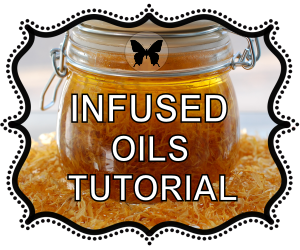Table of Contents
Saponification
Curing






CURING COLD PROCESS SOAP
Curing is a crucial step in the cold process soap making method that involves allowing the freshly made soap to sit and mature for a specific period. Curing is essential for several reasons, including:
- Water Evaporation: During the curing process, water content in the soap decreases as it evaporates. This leads to a harder and longer-lasting bar of soap.
- Mildness and pH Stabilization: Curing allows the soap to become milder and helps stabilize its pH. Freshly made soap can be more alkaline, and curing allows it to mellow over time, making it gentler on the skin.
- Improved Texture and Lather: Curing contributes to the improvement of the soap’s texture, making it smoother and less likely to crumble. It also enhances the lathering properties of the soap.
- Enhanced Fragrance Retention: The scent of any added fragrance or essential oils in the soap is often more pronounced and stable after curing. Curing allows the soap to absorb and retain the fragrance more effectively.
Here are the general steps for curing cold process soap:
- Cutting and Molding: Once the soap has reached a stable trace and has been poured into molds, it needs to be left undisturbed for 24 to 48 hours to set. After this initial setting period, the soap can be unmolded and cut into individual bars.
- Air Drying: After cutting, the soap bars should be placed on a curing rack or an adequately ventilated surface. Ensure that the bars are not touching each other, allowing air to circulate around them.
- Curing Time: The length of time needed for curing can vary but is generally around 4 to 6 weeks. During this time, the soap continues to harden, moisture content decreases, and the overall quality of the soap improves.
- Flipping and Rotating: To ensure even drying and curing, it’s a good practice to flip and rotate the soap bars every few days. This helps prevent flat sides from retaining moisture.
- Storage Conditions: Store the curing soap in a cool, dry place with good air circulation. Avoid exposing the soap to direct sunlight, excessive heat, or humidity, as these conditions can affect the quality of the soap.
- Testing for Readiness: After the initial curing period, test the soap by using it. If it produces a stable lather, feels mild on the skin, and has a pleasing fragrance, it is likely ready for use. Extended curing can further improve the soap’s qualities.
It’s important to note that while the soap is technically safe to use after the initial 24 to 48 hours of setting, allowing it to cure for an extended period significantly improves its overall quality. Patience during the curing process results in a soap that not only cleans effectively but also provides a more luxurious and enjoyable experience for the user.
Affiliate Disclosure: I am grateful to be of service and bring you content free of charge. In order to do this, please note that when you click links and purchase items, in most (not all) cases I will receive a referral commission. Your support in purchasing through these links enables me to keep Par Par Academy of Soaps & Cosmetics free, and empower more people worldwide to make soap safely and easily. Thank you!